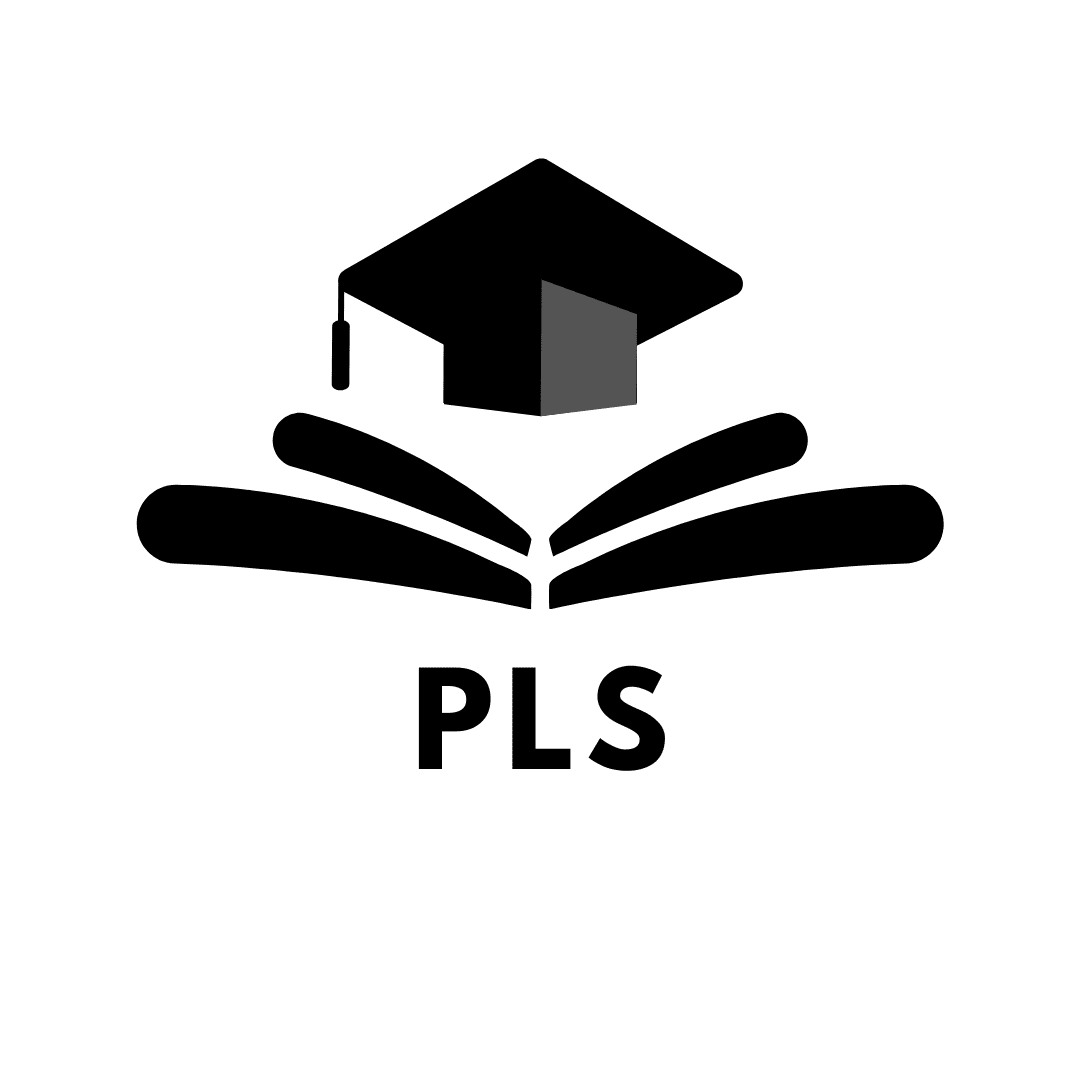A Bachelor of Industrial Design (BID) program is typically a four-year undergraduate program that prepares students for careers in product and industrial design. Industrial design focuses on the creation and development of consumer products, ranging from everyday items to complex machinery. Here’s an overview of what you can expect in a BID program:
PLS Boost Bundle
Get Access to 20 thousands+ MCQs Including Topical MCQs, Practice Tests, Mock Tests, Solved Past Papers, Flashcards, Notes, FLPS, and Much More.
- Design Studios: The core of the program is the design studio, where students work on design projects of increasing complexity. These projects often involve designing products, consumer goods, or industrial equipment. Students learn to conceptualize, sketch, create prototypes, and develop their design skills.
- Design Process: Students are taught the entire design process, from initial research and problem identification to ideation, prototyping, and the final product realization. Emphasis is placed on user-centered design and understanding the needs of end-users.
- Design Principles: Courses in design theory and principles cover topics like aesthetics, form, function, ergonomics, and sustainability. Students learn how to create products that are both visually appealing and functional.
- Materials and Manufacturing: Understanding various materials, production methods, and manufacturing processes is essential for an industrial designer. Students learn about materials’ properties and how to choose the right ones for their designs.
- Computer-Aided Design (CAD): Proficiency in CAD software is crucial for industrial designers. Students use software like SolidWorks, AutoCAD, and Rhino to create 3D models and technical drawings.
- Prototyping and Model Making: Students learn to create physical prototypes and models of their designs, using materials like foam, wood, plastic, and 3D printing technology.
- Human Factors and Ergonomics: Designing products that are comfortable and safe for users is a key aspect of industrial design. Students study human factors and ergonomics to ensure their designs meet user needs.
- Sustainability and Eco-design: Many programs emphasize sustainable design practices, teaching students how to create products with minimal environmental impact. This includes considerations like material selection, energy efficiency, and recycling.
- Business and Marketing: Understanding the business aspects of product design is important. Courses may cover topics like marketing, project management, and intellectual property rights.
- Professional Development: Some programs offer courses or workshops on building a portfolio, preparing for job interviews, and networking within the industry.
- Internship or Capstone Project: Many BID programs include an internship or capstone project where students gain real-world experience working with design firms or companies.
- Critique and Feedback: Students present their designs in class and receive feedback from faculty and peers, which is valuable for improving their work.
Admission requirements, curriculum specifics, and the duration of the program may vary between universities. You should research the specific industrial design schools you’re interested in to understand their admission criteria and program offerings. After completing a BID program, graduates can work in product design firms, manufacturing companies, design consultancies, or start their own design businesses. They may also continue their education with a master’s degree in industrial design or related fields.
Admission
In Pakistan, admission to Accounting and Finance is typically based on an entrance exam such as the university Admission Test, followed by an interview. The admission criteria may vary by institution.
Scope
Accounting and Finance have a wide range of career opportunities available to them. They can work in private practices, research institutions, and the government. They can also pursue further studies in specializations
Jobs
Accounting and Finance can work in a variety of roles. They can also work in research and academia. Many work in the public sector, while others may work in the private sector.
Salary
The salary for Accounting and Finance in Pakistan varies depending on their level of experience, specialization, and place of employment. Generally, who work in public may earn less than those who work in the private sector. the starting salary for an Accounting and Finance in the public sector may range from Rs. 80,000 to Rs. 120,000, while those in the private sector may earn significantly more.
Overall, an Accounting and Finance degree can provide a wide range of career opportunities and a good salary. However, it requires a significant amount of hard work and dedication to complete the degree and become a licensed doctor.




